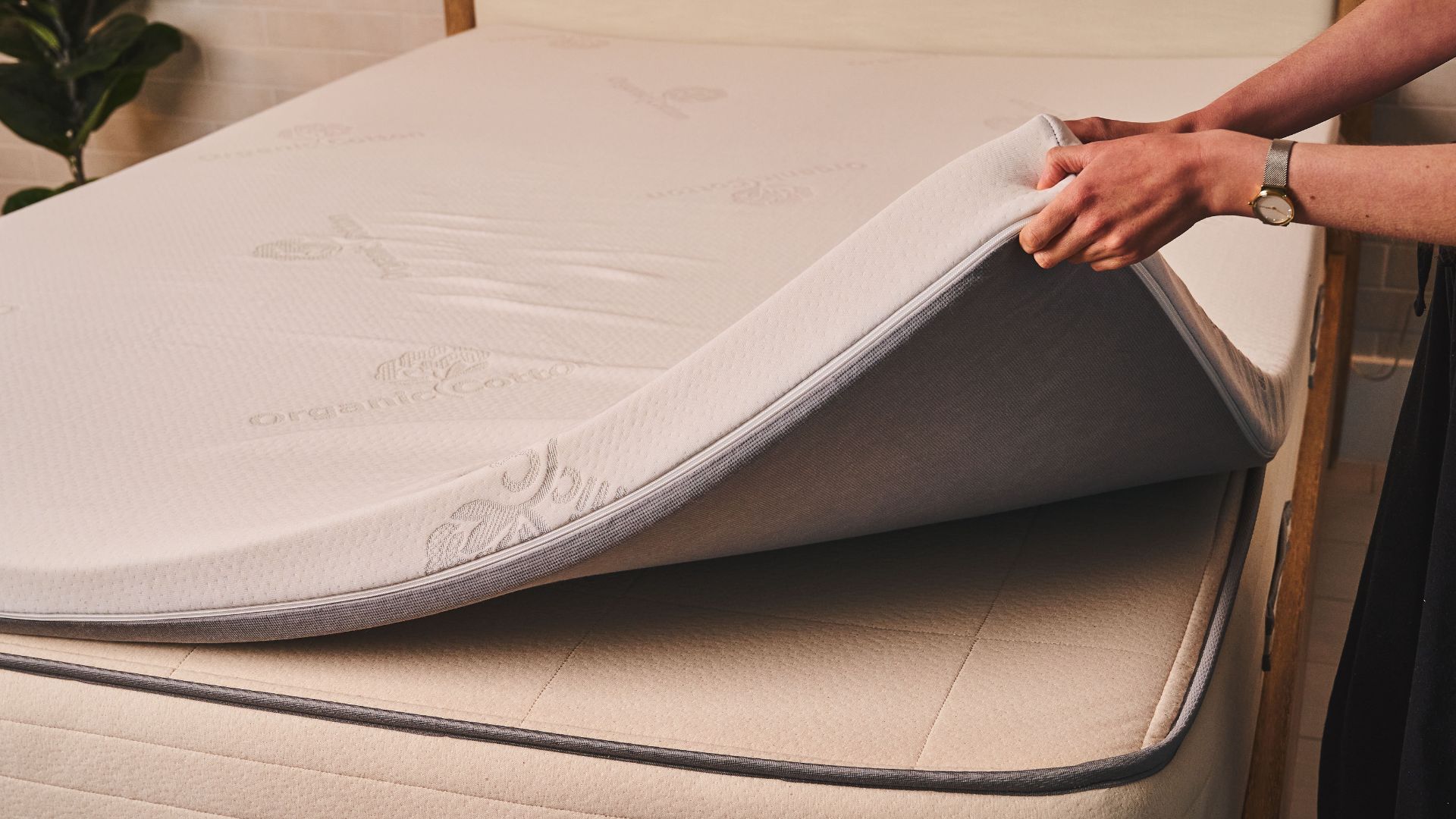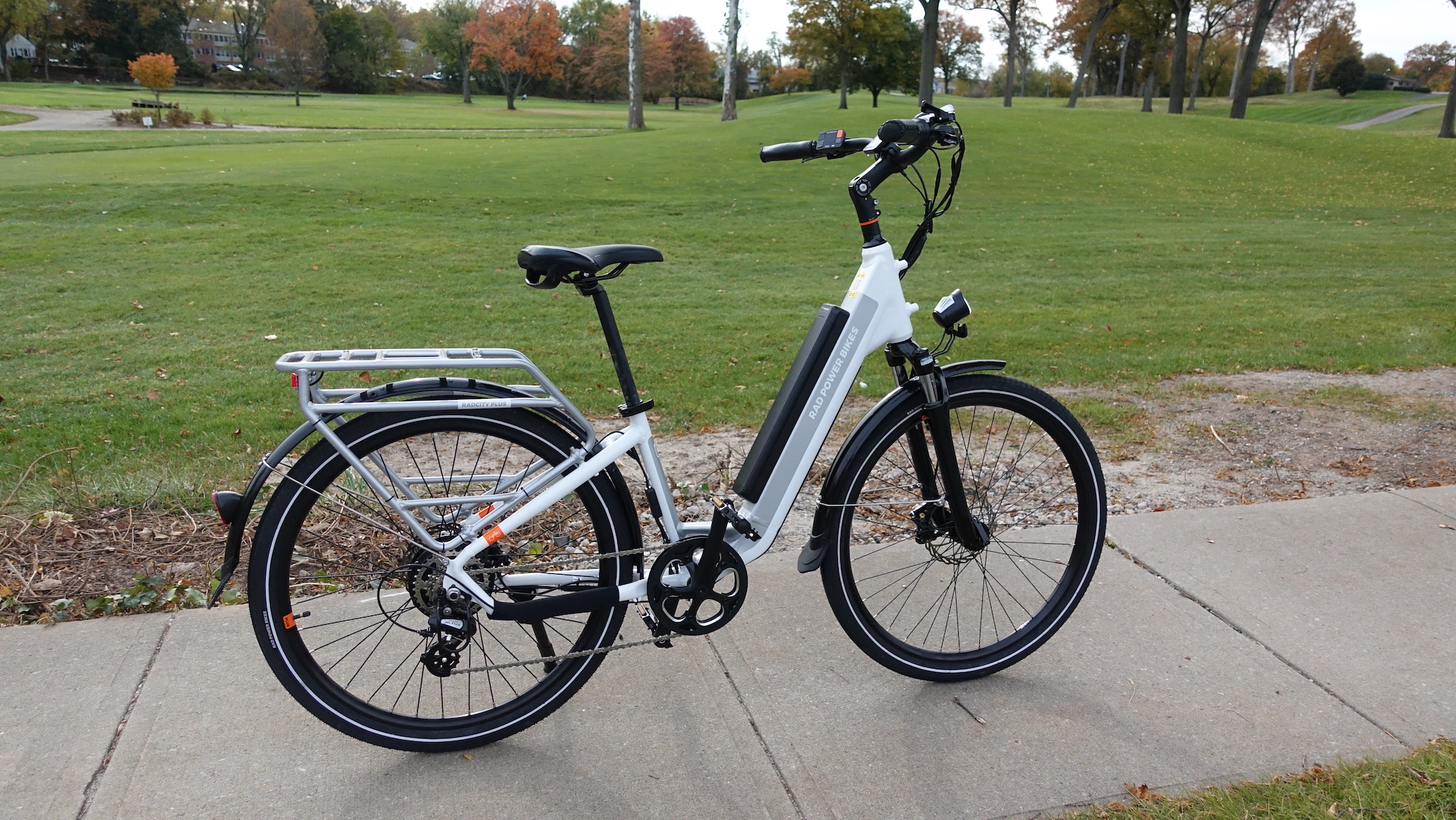What is pressure relief in a mattress?
Pressure relief is a key factor when choosing a mattress for you. But what exactly is it? Find out more here..

If you're looking for a new mattress, one of the most important considerations is how much pressure relief it will provide you. Pressure relief refers to how the mattress cushions and soothes key pressure points, which are the parts of your body that are in contact with the mattress surface.
Of course, those pressure points differ depending on your sleeping position. The best mattresses you can buy this year all offer superior pressure relief. Some are great all-rounders, providing pressure relief that suits all sleeping positions, while others are more specialist.
If you're on the hunt for a new mattress, this year's Black Friday mattress deals are a great time to find one for much less than normal. Here's what you need to know about pressure relief...
What is pressure relief?
When you're sleeping on a mattress, certain parts of you body will come into contact with its surface more than others, creating pressure. These are knowns as pressure points.
Side sleepers will find their pressure points are their shoulders, hips and knees, while for back sleepers it is the lumbar region and hips. Stomach sleepers will notice that their midsection, including hips, are their pressure points.
The effective cushioning and support of these pressure points in a mattress is known as pressure relief. A mattress with good pressure relief for your sleeping style will distribute your weight evenly, while soothing and reducing pressure on those parts of the body that are coming into contact with the mattress most. This will help to keep your spine aligned and reduce or avoid any joint or back pain.
Research indicates that the comfort and pressure relief performance a mattress provides has a significant impact on sleep quality, so it's important to select a bed that offers the right pressure relief to suit your sleeping style.
How to choose a mattress for pressure point relief
All of us will benefit from some kind of pressure relief from our mattress, but exactly what kind strongly depends on knowing your sleep style, so we'll explore how to choose a mattress for your sleep position here...
- Side sleepers: Will typically require soft, sink-in pressure relief for the shoulders, hips and knees. You can find great options in our best mattresses for side sleepers guide
- Back sleepers: Generally need a balance of pressure relief and support for their hips, shoulders and lower back area, meaning the best medium-firm mattresses tend to suit them best.
- Stomach sleepers: With pressure points in the hips and chest (and even the neck), firm pressure relief is usually best in order to keep the spine aligned, our best mattresses for stomach sleepers guide has the top beds currently available.
- Combi sleepers: Those who shift between sleep positions should consider their dominant sleep position, or the one they typically fall asleep in, but the balance of a medium-firm mattress can also be a good option.
What influences pressure relief in a mattress?
Sleep style, and therefore which parts of your body are in contact with the mattress, is important to consider when choosing a bed, but there are a number of other factors that influence pressure relief. Here are some of them:
- Body weight: Heavyweight sleepers (those who weigh over 230lbs) need a firm mattress so their pressure points can be supported and well aligned, while lightweight sleepers (under 130lbs) need something soft to cushion their pressure points.
- Mattress type: The type of mattress you buy should suit your sleep style if you want the best pressure relief. Typically, the best memory foam mattresses and the best hybrid mattresses tend to provide excellent pressure relief, along with beds that use latex.
- Materials: To ensure consistent pressure relief over time, mattress materials need to last and not succumb to sagging, which leads to pressure points becoming unsupported. Latex is the most long-lasting material, followed by thick, durable foam such as HRX foam. Mattresses that use springs and coils, such as innerspring and hybrid beds, have a tendency to sag quicker as springs can wear out quite easily.
- Bed-sharing: The more people in a bed, the more pressure is placed on the mattress, so you'll need a mattress with a good amount of pressure relief if you co-sleep.
- Room temperature and climate: Temperature can affect a mattress's firmness levels, meaning a warm room can soften a mattress, while a cold room can make it firmer.
Why is pressure relief important for people with hip and back pain?
As we mentioned above, good pressure relief in a mattress will help keep the spine aligned, either by cushioning pressure points (shoulders, hips and knees for side sleepers) or supporting them (hips, midsection, lower back for back and stomach sleepers).
If your mattress doesn't have adequate pressure relief for your sleeping style, the result can be that you wake up with aches and pains, or that existing hip and back pain can be exacerbated.
Get instant access to breaking news, the hottest reviews, great deals and helpful tips.

Side sleepers benefit from a thick, sink-in soft comfort layer for extra pressure relief along the hips and shoulders, to allow those pressure points to sink in while supporting the rest of the body and keeping correct spinal alignment. If you sleep on a mattress that lacks this, you may find that those pressure points aren't being soothed or cushioned enough while you sleep, which can lead to, or aggravate, shoulder and hip pain.
In contrast, a soft bed will cause your hips to dip into the mattress and your spine to become misaligned if you lie on your front. This misalignment can cause the lumbar zone (i.e. the lower back) to feel unsupported and leads to back pain. That's why both stomach and back sleepers need a firm or medium firm bed for good weight distribution to support their lumbar region.
If you do experience issues with your back, our best mattresses for back pain guide
What does a mattress with poor pressure relief feel like?
One of the easiest ways to know if you're sleeping on a mattress with poor pressure relief is how you feel when you wake up. Aches, pains and discomfort indicate that your pressure points are not being cushioned and supported effectively, allowing tension to build up in those areas.
Side sleepers experiencing poor pressure relief will notice their mattress feels hard against their pressure points, and may wake with joint pain. This is where a softer mattress with thicker comfort layers will more effectively cushion these pressure points. Lightweight sleepers under 130lbs are also likely to need a soft mattress so their lighter frames can sink in to the mattress for pressure relief.

Back or front sleepers experiencing lower back pain as a result of their mattress indicates its pressure relief isn't firm or supportive enough.
When this happens the hips can sag into the mattress and lead to misalignment of the spine. In this case, finding a firmer mattress will help ensure pressure points remain well aligned with the spine.
Heavyweight sleepers (those over 230lbs) should also look for a firm mattress to prevent their pressure points form sagging into the mattress too much.
While a mattress that is too firm or soft for your sleep position may provide poor pressure relief for you, that doesn't mean it's a 'bad' mattress.
However, a mattress made with cheap, low-quality materials, such as the foam comfort and support layers, may not be able to ease pressure points whoever is sleeping on it. But that doesn't mean you have to spend thousands, it's just about choosing carefully, which is where our guide to the best cheap mattresses comes in handy.

Additionally, the age of your bed and the amount of wear and tear it has experienced (for example, a guest room bed is likely to be less worn than the mattress you sleep on every night) will impact the pressure relief even the best mattresses can provide.
Over time, foams in a mattress can break down from a combination of our bodies' weight compressing them, and the build up of the likes of sweat, body oils, dust and dust mites.
This can lead to lumps and sagging, which is going to affect the pressure relief. In a hybrid or innerspring mattress, springs squeaking can indicate they're weakening which can impact the structure of the mattress and cause sagging. If you're unsure as to whether it's time to replace your bed, check out these signs it’s time to buy a new mattress.
Can you improve pressure relief in a mattress?
While the simple answer is yes (more on that below), if you've purchased a mattress and don't feel that you're getting the right pressure relief from it, the first question to ask yourself is whether you've slept on it long enough to break it in.
Selecting a mattress that offers a sleep trial of a decent length allows time for your body to adjust to the new surface its sleeping on. You may find that any initial discomfort fades as you adapt to the pressure relief, and support, your new mattress provides.

However, you can also improve the pressure relief of your mattress, making it either firmer or softer. While temperature matters — a cold room can firm up your mattress and a warm one can soften it — the simplest way to making a lasting change to the pressure relief your mattress provides is with a mattress topper.
Toppers are an additional layer of material (wool, memory foam or latex), generally between 2" and 4" thick, that goes on top of your existing mattress to change the feel and firmness of a mattress.
Our guide the best mattress toppers has options for every sleep style and budget, while this handy explainer on how to choose a mattress topper goes deeper into all the factors you should consider when purchasing one.

Frances Daniels is a PPA-accredited journalist and Sleep Staff Writer at Tom's Guide with an MA in Magazine Journalism from Cardiff University. Her role includes covering mattress and sleep news and writing sleep product reviews and buyer's guides, including our Best Hybrid Mattress 2025 guide. She is interested in the relationship between sleep and health, interviewing an array of experts to create in-depth articles about topics such as nutrition, sleep disorders, sleep hygiene, and mattress care. She is also our specialist on mattress toppers — producing bed topper reviews and taking care of our Best Mattress Toppers 2025 guide — and leads content relating to fiberglass-free beds for a non-toxic sleep. Outside of Tom's Guide, she has written for Ideal Home and Marie Claire.
- Jenny HawardSleep Writer
You must confirm your public display name before commenting
Please logout and then login again, you will then be prompted to enter your display name.
